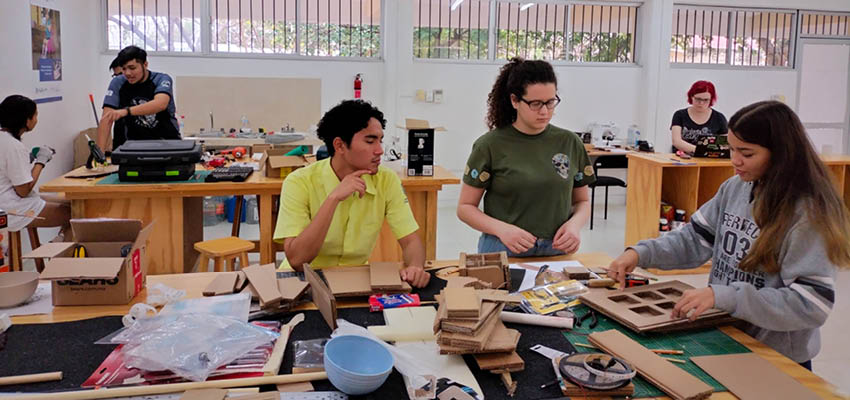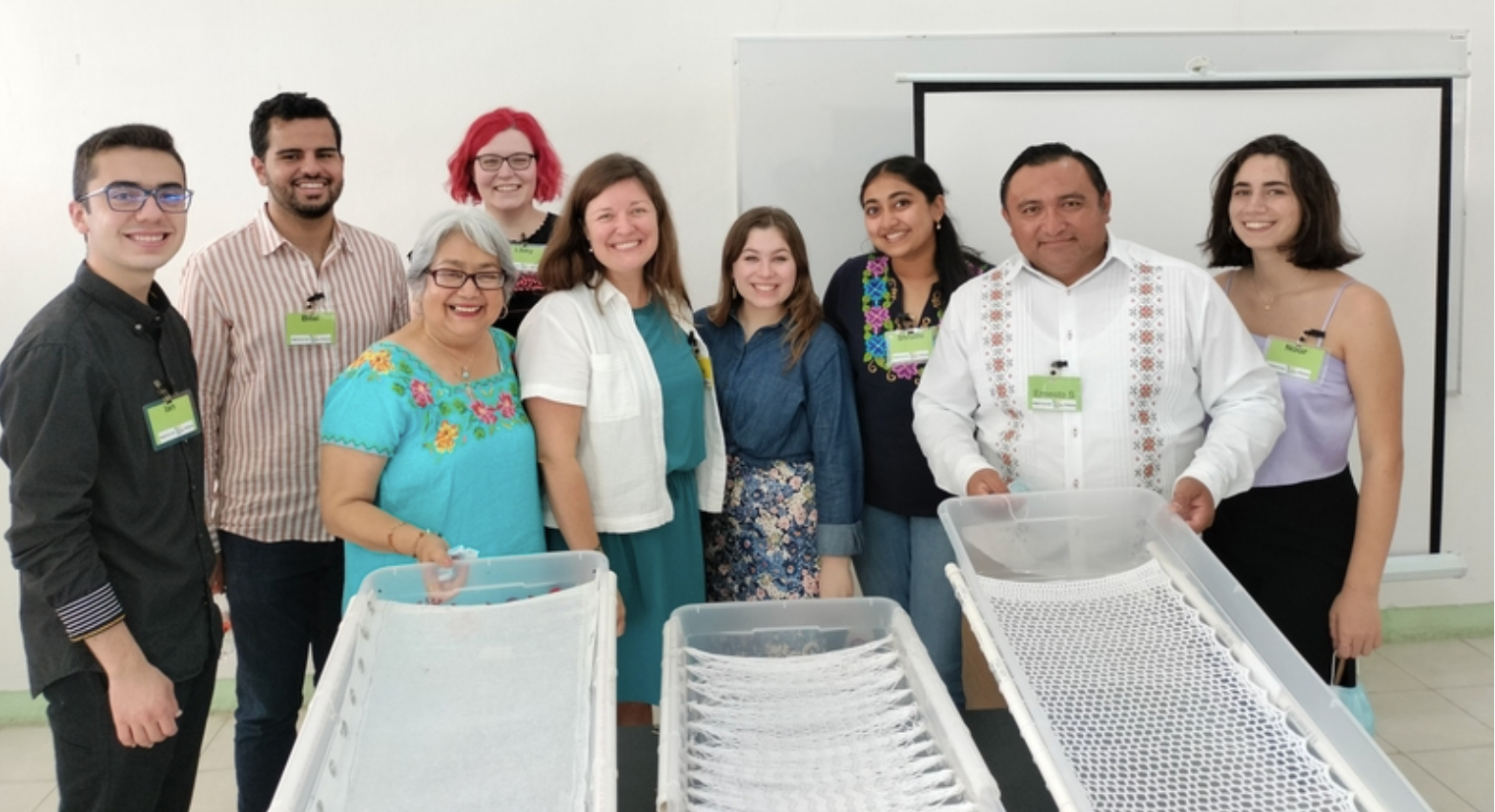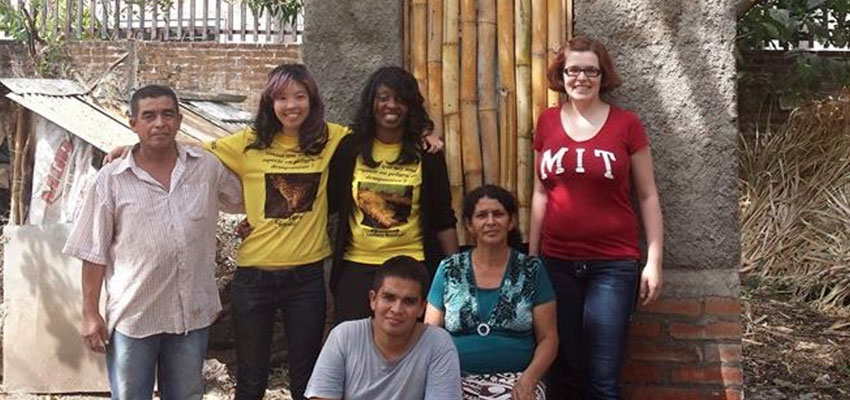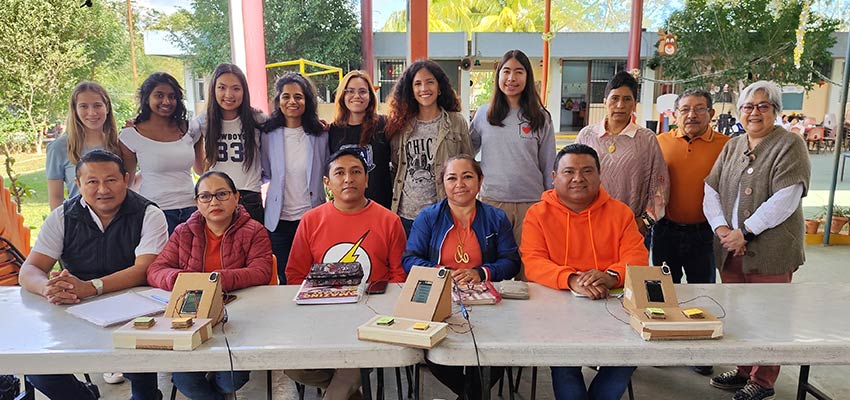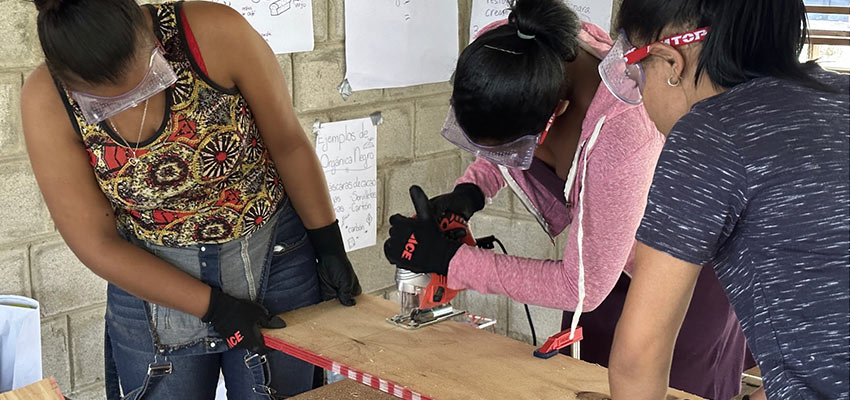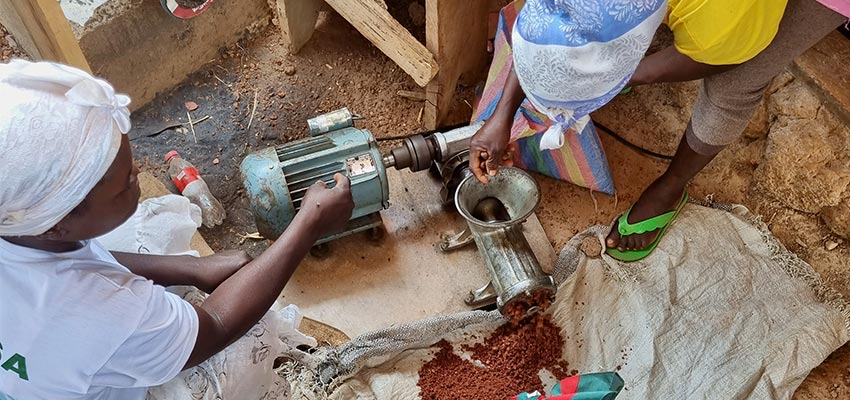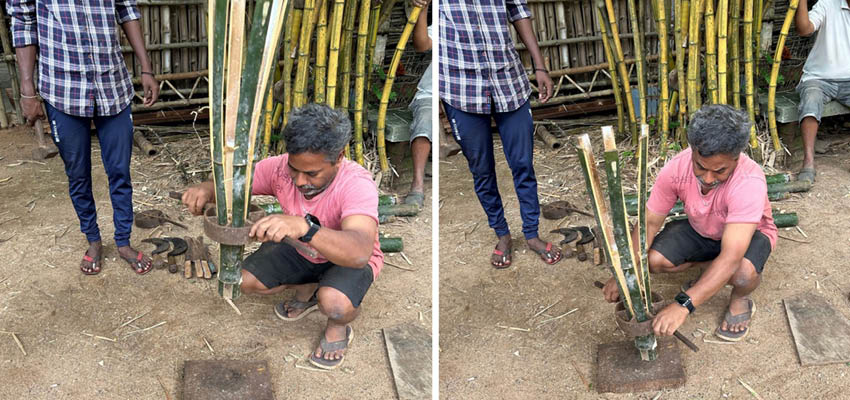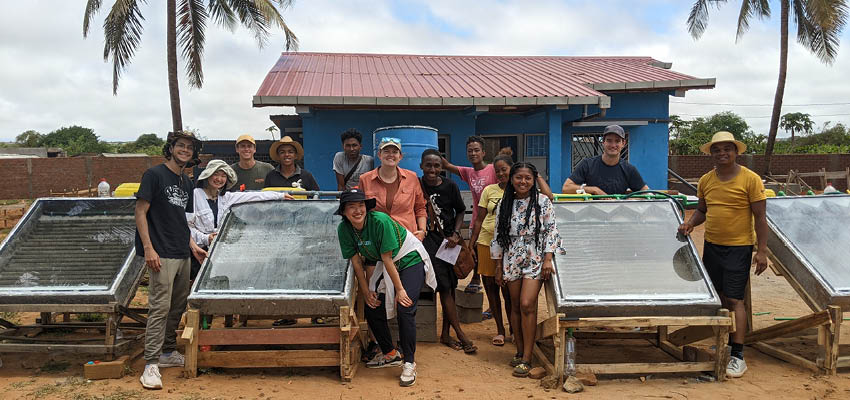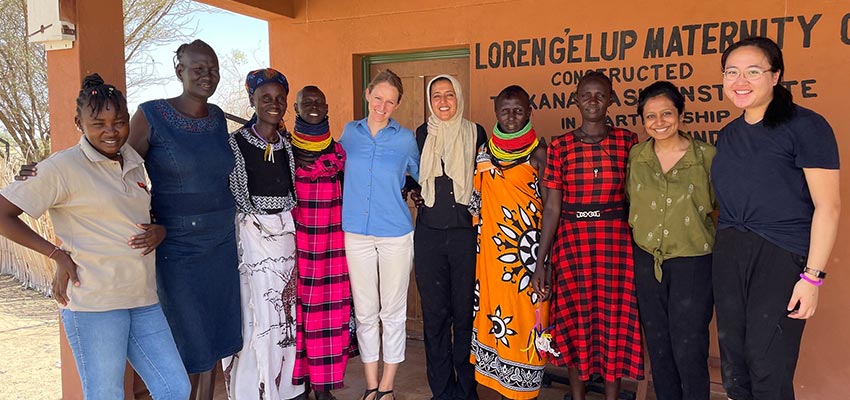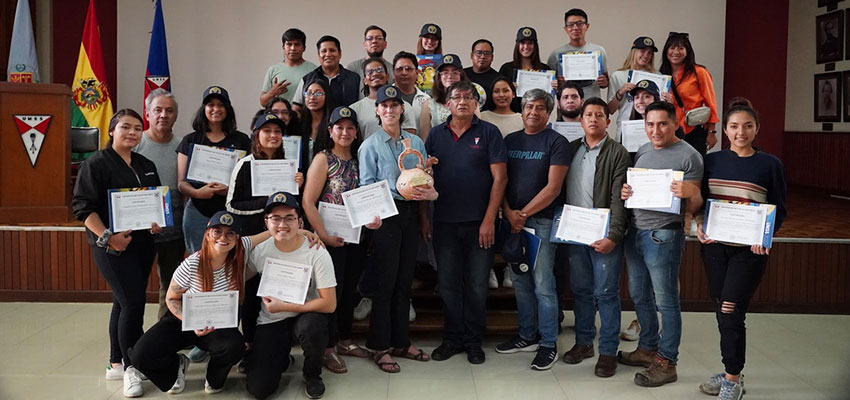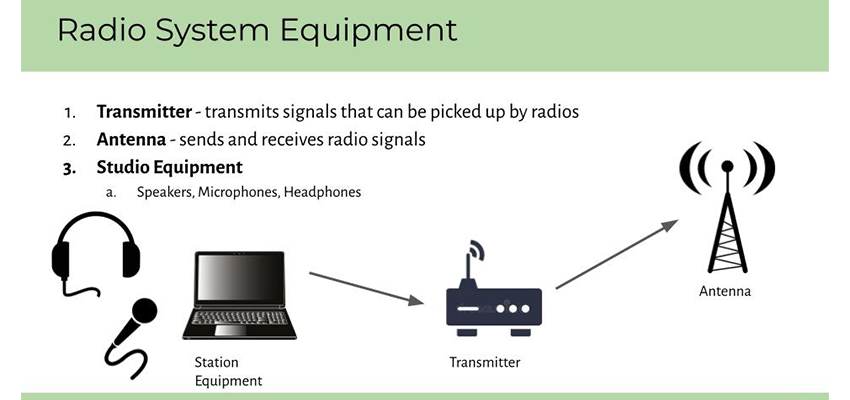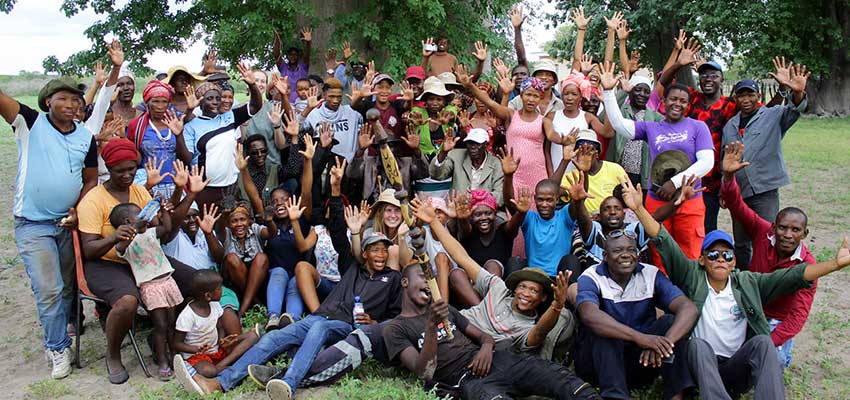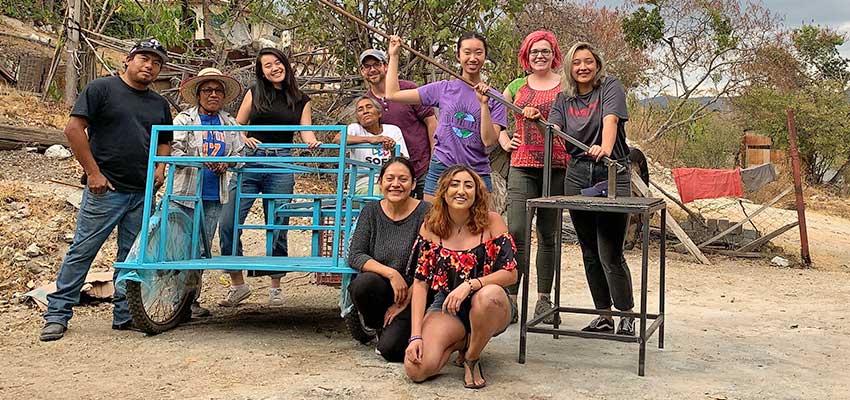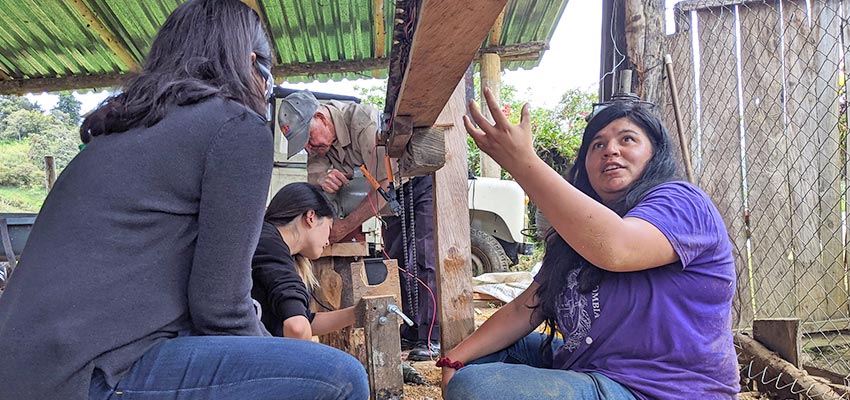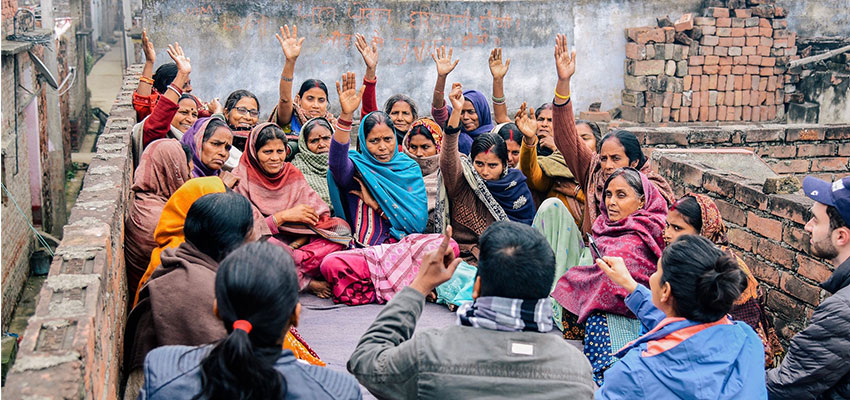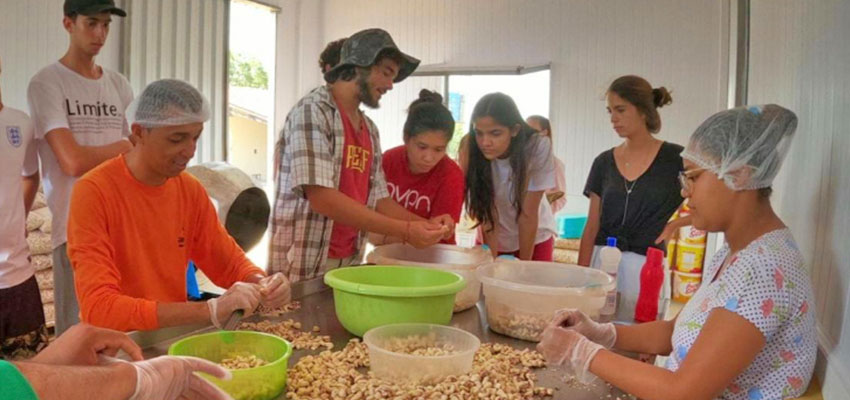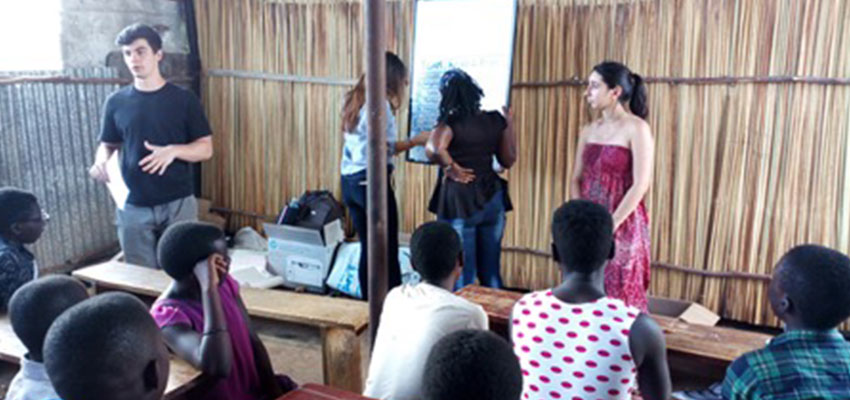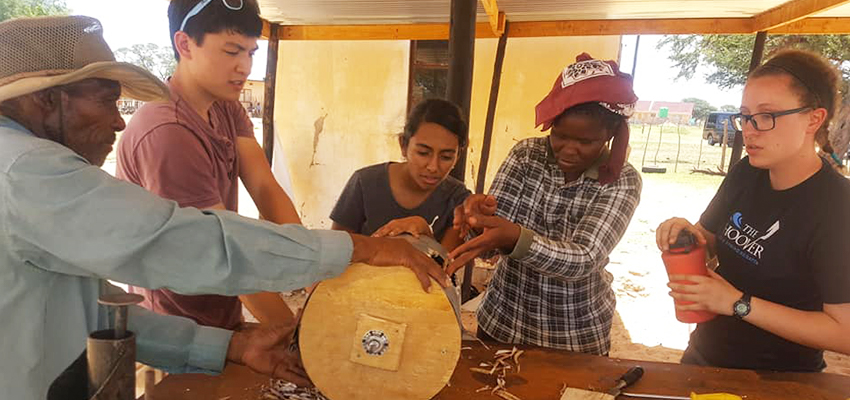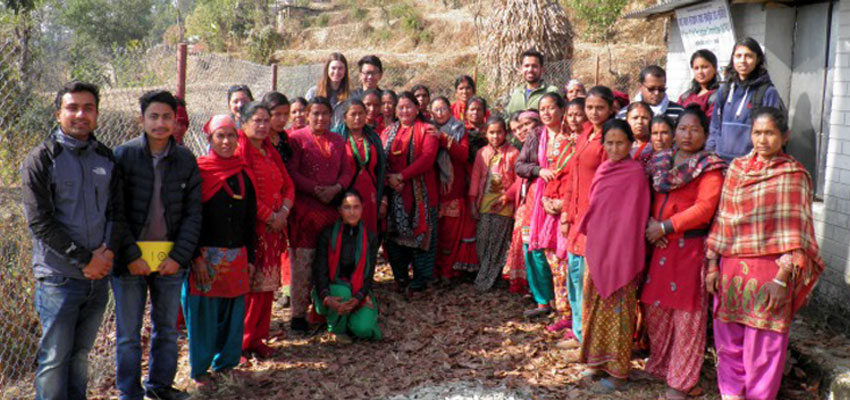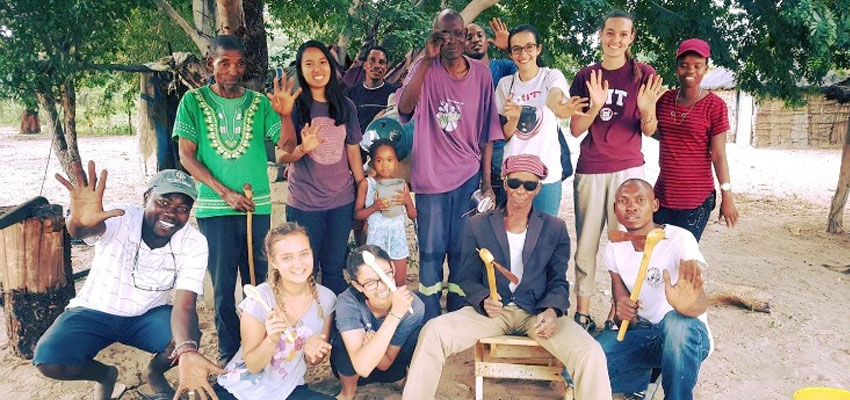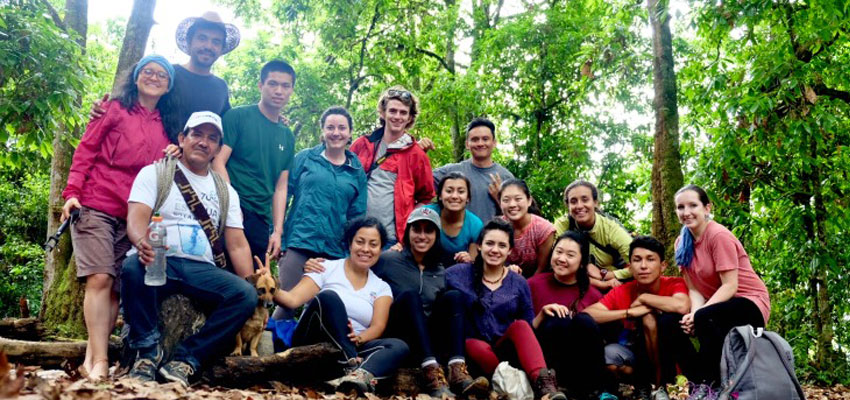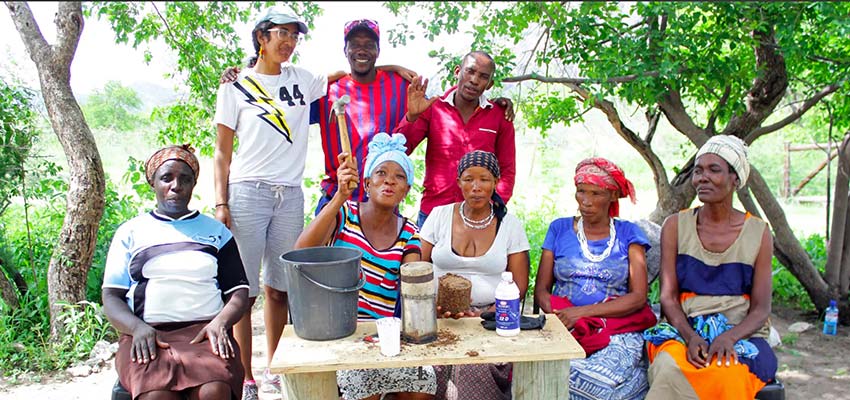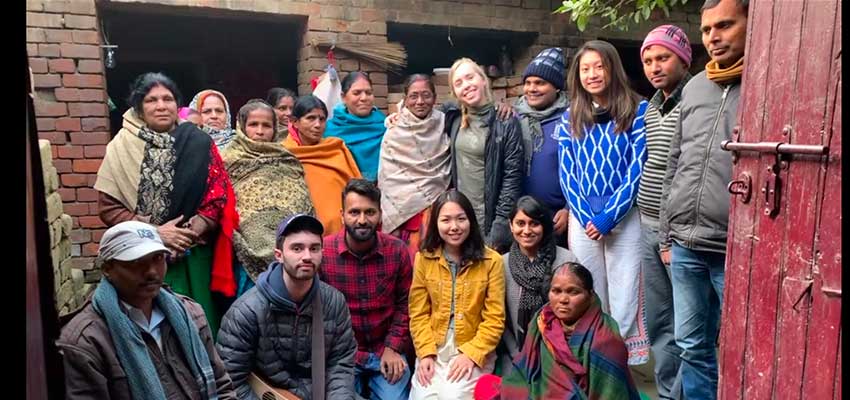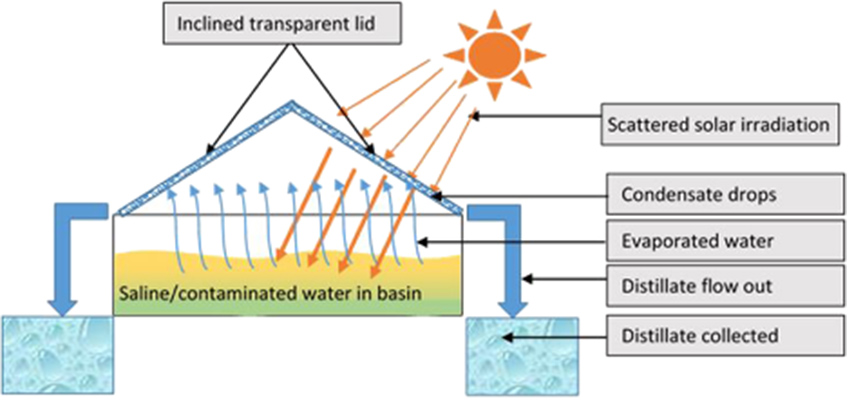
In this project, we are working to improve the Pano Rano, a passive solar desalination device that helps communities in Madagascar access safer and healthier drinking water.
MIT D-Lab Class
D-Lab: Development - Fall 2024
Team
- Justin Cole: MIT CO 2027
- Leeban Morgan: MIT CO 2025
- Lindsay Reyes: CO 2026
- Rachel Mohammed: CO 2027
- Karl Zimmermann: Team Leader/Mentor
Community partners
- Tatirano Social Enterprise (Madagascar)
- École Supérieur Polytechnique d’Antananarivo (ESPA, Madagascar)
Country
Madagascar
Water is hard to come by Androy, Madagascar. This region, which is Madagascar’s most southerly, has the nation’s highest poverty rate, at 95%. This also makes it one of the poorest regions in the world. The region is quite dry, getting around 400mm of rainfall annually, which makes it a semi to sub-arid climate. Much of the region's water comes from the ground, where it is either dug from the bottom of a dried up river bank or hoisted from a well. Problematically, this water is quite salty. This water has a bad taste and can result in liver damage. This results in people drinking contaminated surface water, which leads to a whole host of health complications.
Theory of Change
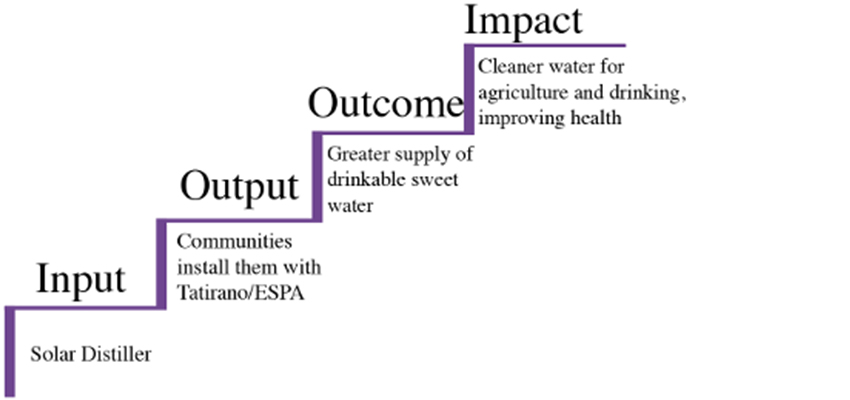
In order to combat this problem, our partners at Tatirano and ESPA worked on creating the Pano Rano, a low cost, easy to maintain, and passive solar desalination device. Instead of using solar energy to power electronics that would facilitate the process of reverse osmosis, which is the typical strategy for desalination devices, they opted to avoid electrical components. The Pano Rano uses the energy from the sun to warm up water enclosed in a metal box with a glass top. The water then evaporates and is then condensed within the Pano Rano or in an additional passive condenser unit. Because of its simple design, it will be easy for communities to maintain and use these devices without many problems.
Currently, the Pano Rano model can produce two liters of sweet water per meter squared, daily. Our goal as a team was to test out alternative designs and determine if their performance exceeded that of the Pano Rano. We are currently working towards making two new designs, the single and double sloped setups. We are also making a Pano Rano to compare its performance to the other two configurations. We will use a heat lamp to provide controlled energy to the systems and use a DHT-11 sensor to gather humidity and temperature information from inside the boxes.
Caption: Closed Pano Rano design which was created by ESPA and Tatirano (Pano Rano Field Report)
The Pano Rano consists of a concrete box with 18 ascending tiers of concrete, designed to hold water as it evaporates. It is angled at 45 degrees and is 110 cm x 120 cm. For our experiment, we created a smaller version out of metal, with eight steps and a size of 25 x 25 cm. We also angled it at 25 degrees to better work with the angle of sunlight in Madagascar.
Caption: A single sloped device with a wooden box (Abdillahi et al)
Above is a picture of a single sloped version. Ours will have a 25x25 cm square of glass supported by a metal box, angled up at 25 degrees.
Caption: Diagram of double sloped desalination (Choong et al)
Caption: welded frame of double sloped build
Lastly, we have a double sloped version, which performs better and more efficiently than the single slope. Ours will essentially be composed of two single sloped devices side to side, without the wall in the middle.
As we complete fabrication, we are working on creating guides for the making of the single and double slope designs. When testing is completed, we will send instructions for creating the most efficient design to our partners in Madagascar, who will manufacture a larger model for field testing. When we arrive in Madagascar in January 2025, we will prepare and pre-test the prototypes with our partners. Next, we will drive to Ambovombe, the capital of the Androy region, for field testing of the desalination devices. From there, we will document our information in a report, which will be used to help drive further development of this project.
Contact
Libby Hsu, Lecturer; MIT D-Lab Associate Director of Academics






